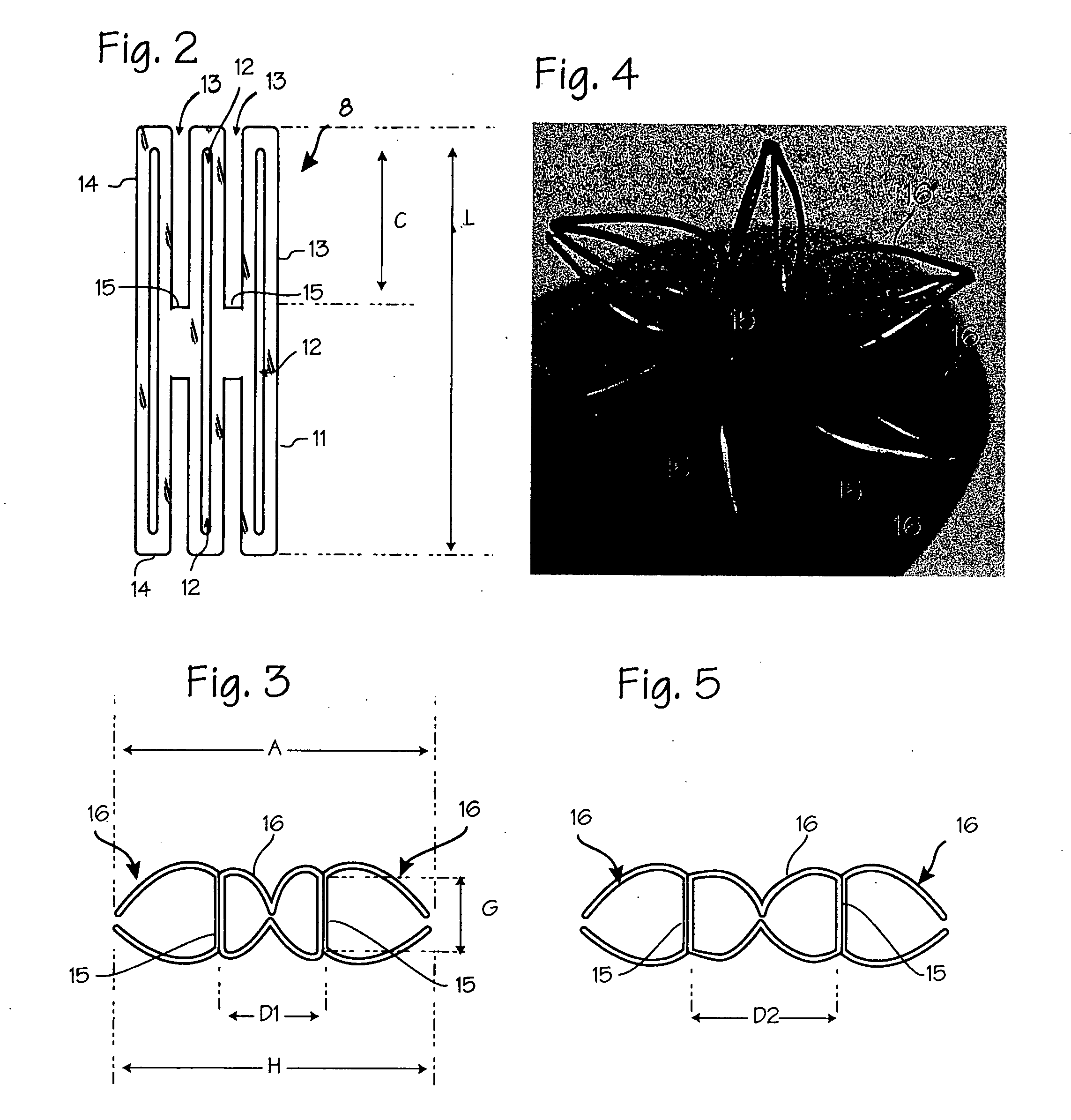Device and method for establishing an artificial arterio-venous fistula
a technology of arteriovenous fistula and artificial heart valve, which is applied in the field of pulmonary hypertension and vascular surgery, can solve the problems of excessive sputum production, difficult breathing, and gradual loss of lung function
- Summary
- Abstract
- Description
- Claims
- Application Information
AI Technical Summary
Benefits of technology
Problems solved by technology
Method used
Image
Examples
Embodiment Construction
[0021]FIG. 1 illustrates the method of installing the shunt rivet to create and maintain an artificial aortocaval fistula. The patient 1 is shown with a delivery catheter 2 inserted into the left femoral artery / external femoral artery 3L and pushed upwardly through the left common iliac artery 4L to a point just above the aortic / iliac bifurcation in the distal abdominal aorta 5. The inferior vena cava 6 runs parallel to the aorta, and typically is contiguous with the aorta. As shown in the illustration, the left femoral artery provides a nearly straight pathway to a suitable site of the artificial aortocaval fistula 7 within the abdominal aorta (the right femoral vein 9R also provides a straight pathway to the same site on the vena cava side, and may be also be used as an access pathway). The fistula is created by forming a small hole or slit through the walls of both the aorta and the vena cava at immediately adjacent sites, and is maintained by inserting the shunt rivet 8 describe...
PUM
 Login to View More
Login to View More Abstract
Description
Claims
Application Information
 Login to View More
Login to View More - R&D
- Intellectual Property
- Life Sciences
- Materials
- Tech Scout
- Unparalleled Data Quality
- Higher Quality Content
- 60% Fewer Hallucinations
Browse by: Latest US Patents, China's latest patents, Technical Efficacy Thesaurus, Application Domain, Technology Topic, Popular Technical Reports.
© 2025 PatSnap. All rights reserved.Legal|Privacy policy|Modern Slavery Act Transparency Statement|Sitemap|About US| Contact US: help@patsnap.com



